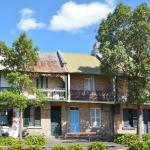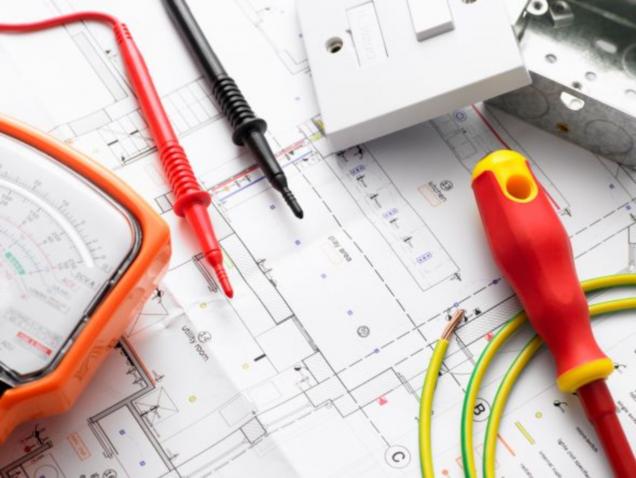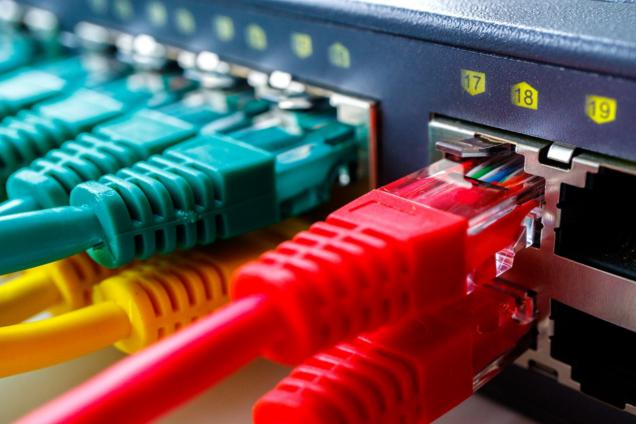
Upgrading Electrical Systems in Heritage Properties: Best Practices to Follow
By Captain Cook Electrical|November 16, 2023
Heritage buildings are considered architectural gems, encompassing vast historical narratives within their uniquely intricate designs. One commonly faced challenge in the preservation of these properties is the sensitive upgrading of electrical systems. It's crucial to tread carefully and employ best practices to safeguard the historical essence while infusing modern functionality.
Understanding the Uniqueness of Electrical Systems in Heritage Properties
The electrical systems in heritage properties bear their own unique significance. They echo the technical know-how and architectural aesthetics of yesteryears, forming an integral part of the historical ambiance. These older systems, often complexly woven into the architecture, present a multitude of unique challenges during upgrades. Therefore, adherence to conservation laws and understanding the cultural significance becomes pivotal.
Identifying Hazards and Troubleshooting in Old Electrical Systems
Identifying and troubleshooting potential hazards in such electrical setups involve an intricate process. Aging wires, overloaded circuits, and outdated fixtures are common issues plaguing heritage property electrical systems. Hence, a thorough inspection becomes crucial to detecting potential fire risks and other dangers that may lie dormant. Decoding the intricacies of these systems without causing undue damage is imperative in old home retrofits.
Preparation and Planning: Key Steps
Owing to the complexity of heritage properties, expert consultation and precise planning prove vital. Considerations must extend to obtaining regulatory permits and approvals, crucial steps often overlooked. Once your ducks are in a row here, embarking on the upgrade plan requires creating a comprehensive blueprint incorporating modern safety standards, functionalities, and aesthetics. Choosing the right materials and reliable professionals holds equal importance to preserve the property's historical fabric.
Best Practices for Upgrading Electrical Systems in Heritage Properties
Preservation and safety should be the cornerstone of any electrical upgrade in heritage properties. Adapting to modern electrical standards should not involve damaging the historical fabric of the structures. Instead, it should align aesthetics with functionality, ensuring the architectural essence remains untarnished. Temporary setups and mobile solutions often emerge as effective tools that blend seamlessly with the character of the property while fulfilling the electrical needs.
Case Studies: Successful Electrical Upgrading in Heritage Properties
Several case studies have evidenced the successful application of these best practices. One such instance involves the rewiring of old homes, where property owners have managed to enhance functionality without compromising on heritage value. These examples serve as testament that proper electrical upgrades can not only maintain the integrity of the building but also significantly boost property value.
Conclusion: Balancing Modern Needs with Historical Conservation
The dichotomy of infusing modern electrical needs into heritage property conservation presents an interesting challenge. However, employing meticulous planning, expert professional services, and adhering to best practices can ensure a harmonious balance between the two. The confluence of advances in technology, coupled with respect for historical preservation, encourages continuous learning and adaptation in the field of heritage property renovation.
In conclusion, the process of upgrading electrical systems in heritage properties is not a walk in the park. It's a delicate procedure, demanding in-depth knowledge, expertise, and an eye for aesthetics. By adhering to the best practices detailed above, property owners and preservationists can ensure a seamless blend of modern functionality and historical grandeur.
Understanding the Uniqueness of Electrical Systems in Heritage Properties
The electrical systems in heritage properties bear their own unique significance. They echo the technical know-how and architectural aesthetics of yesteryears, forming an integral part of the historical ambiance. These older systems, often complexly woven into the architecture, present a multitude of unique challenges during upgrades. Therefore, adherence to conservation laws and understanding the cultural significance becomes pivotal.
Identifying Hazards and Troubleshooting in Old Electrical Systems
Identifying and troubleshooting potential hazards in such electrical setups involve an intricate process. Aging wires, overloaded circuits, and outdated fixtures are common issues plaguing heritage property electrical systems. Hence, a thorough inspection becomes crucial to detecting potential fire risks and other dangers that may lie dormant. Decoding the intricacies of these systems without causing undue damage is imperative in old home retrofits.
Preparation and Planning: Key Steps
Owing to the complexity of heritage properties, expert consultation and precise planning prove vital. Considerations must extend to obtaining regulatory permits and approvals, crucial steps often overlooked. Once your ducks are in a row here, embarking on the upgrade plan requires creating a comprehensive blueprint incorporating modern safety standards, functionalities, and aesthetics. Choosing the right materials and reliable professionals holds equal importance to preserve the property's historical fabric.
Best Practices for Upgrading Electrical Systems in Heritage Properties
Preservation and safety should be the cornerstone of any electrical upgrade in heritage properties. Adapting to modern electrical standards should not involve damaging the historical fabric of the structures. Instead, it should align aesthetics with functionality, ensuring the architectural essence remains untarnished. Temporary setups and mobile solutions often emerge as effective tools that blend seamlessly with the character of the property while fulfilling the electrical needs.
Case Studies: Successful Electrical Upgrading in Heritage Properties
Several case studies have evidenced the successful application of these best practices. One such instance involves the rewiring of old homes, where property owners have managed to enhance functionality without compromising on heritage value. These examples serve as testament that proper electrical upgrades can not only maintain the integrity of the building but also significantly boost property value.
Conclusion: Balancing Modern Needs with Historical Conservation
The dichotomy of infusing modern electrical needs into heritage property conservation presents an interesting challenge. However, employing meticulous planning, expert professional services, and adhering to best practices can ensure a harmonious balance between the two. The confluence of advances in technology, coupled with respect for historical preservation, encourages continuous learning and adaptation in the field of heritage property renovation.
In conclusion, the process of upgrading electrical systems in heritage properties is not a walk in the park. It's a delicate procedure, demanding in-depth knowledge, expertise, and an eye for aesthetics. By adhering to the best practices detailed above, property owners and preservationists can ensure a seamless blend of modern functionality and historical grandeur.



